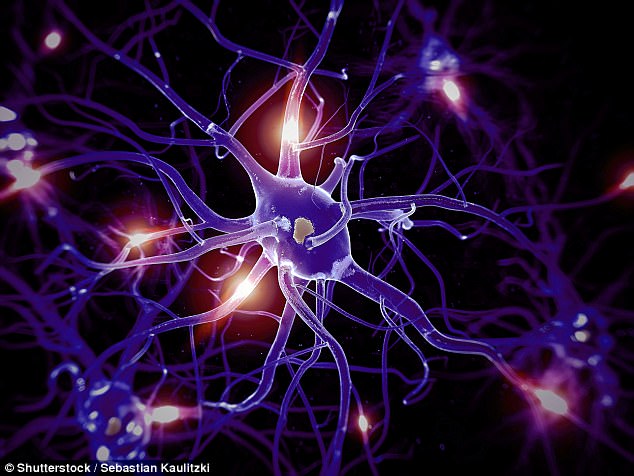These black holes collided so hard they made space-time jiggle
A new black hole was created when two black holes, located around 7 billion light-years distant, collided violently after spiraling inward for eons. This cosmic disturbance stretched, collapsed, and even jiggled space-time, resulting in gravitational waves that began to travel toward Earth on May 21, 2019.
An international team of scientists announced Wednesday that they had discovered this cosmic collision, and it is racking up superlatives: it's the biggest, the farthest, and the most energetic black hole merger observed to date. LIGO (Laser Interferometry Gravitational-wave Observatory), a pair of identical, two and a half-mile-long interferometers in the United States, and Virgo, a roughly two-mile-long detector in Italy. This is also the first confirmed detection of an intermediate-sized black hole that was created by a black hole merger and measures around 142 times as big as the Sun. The results were released on Wednesday in two papers: one in the Physical Review Journals explaining the discovery and the other in the Astrophysical Journal Letters explaining the consequences of the occurrence.
The short-lived merger signal, known as GW190521, was instantly recognized as remarkable in compared to the low chirp of two merging black holes LIGO discovered in 2015, which supported Einstein's illogical theories about space-time. According to astronomer Alan Weinstein of the California Institute of Technology, who participated in the study, "it's the greatest blast since the Big Bang that humanity has ever witnessed." It could provide hints as to why the Universe seems as it does.
Scientists were able to determine the masses of the merger and the precise amount of energy released thanks to the analysis of the signal by computer systems. The two precursor black holes, which were roughly 66 and 85 solar masses each, combined to form a black hole that is as massive as 142 Suns. The gravitational wave energy would have been created from the remaining eight solar masses.
Up until now, stellar-mass black holes, which range from a few solar masses to tens of solar masses, and supermassive black holes, which measure from hundreds of thousands to several billions of times the mass of our sun, have been the two size ranges that scientists have been able to detect and indirectly observe. But when GW190521 was discovered, scientists saw the creation of a unique type of black hole known as a "intermediate-mass" black hole. Although there have been a few possible intermediary black holes discovered, this is the first concrete proof of their existence.
This peculiar signal was created by the union of two similarly peculiar black holes: At 85 solar masses, the heavier of the two merging black holes is the first one to be discovered directly within the "pair-instability mass gap." Because the most massive stars are destroyed by the supernova that occurs along with their collapse, a star that collapses shouldn't be able to create a black hole between the range of 65 and 120 solar masses. A possible explanation, according to Weinstein, might be what astronomers refer to as "hierarchical mergers," in which "smaller stellar-mass black holes merge into heavier ones, which merge into heavier ones yet, aggregating into enormous black holes.
This conclusion, according to astrophysicist K.E. Saavik Ford of City University of New York's Graduate Center who was not engaged in the study, is especially exciting: It serves as a link between supermassive black holes that we discover in the cores of galaxies and black holes that are directly created when stars collide. The need to locate and then combine black hole leftovers makes it difficult to create hierarchical mergers, as Saavik Ford points out. According to Saavik Ford, "it takes many, many, many lives of the universe under any kind of normal circumstances, therefore it has to have happened in an extremely dense star environment," such as an active galactic nucleus (AGN).
A article on a black hole merger that exploded with light emanating from the same approximate area of the sky as the one described this week was released earlier this summer by Saavik Ford and her team. Ford is waiting for the whole dataset of the new results to be given in order to elicit some answers, even if there may be a relationship between the flare and the merging black holes described in the previous studies.
Although LIGO and Virgo are not currently doing observations, they will be upgraded and ready to operate again by the end of the next year. Gravitational-wave scientists like Weinstein are working to increase the sensitivity of these Earth-based gravitational wave detectors so that we may explore more distant sources and go back further in the universe's history. According to Weinstein, "We need to seek for more exotic events like this one as well as for more exotic events unlike anything we have ever seen before." Wouldn't that be wonderful?




Comments
Post a Comment